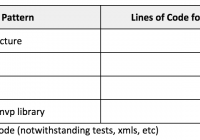Quizia: General Knowledge Quiz
🌍 Unleash your curiosity with Quizia: General Knowledge Quiz, the ultimate trivia game that challenges your brain 🧠 and rewards your skills 🏆! Perfect for quiz lovers, trivia enthusiasts, and anyone eager to learn something new every day 📚. Why Play Quizia?🔍 Engaging Categories: Explore diverse topics like history 📜, science 🔬, sports ⚽, technology… Read More »


